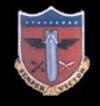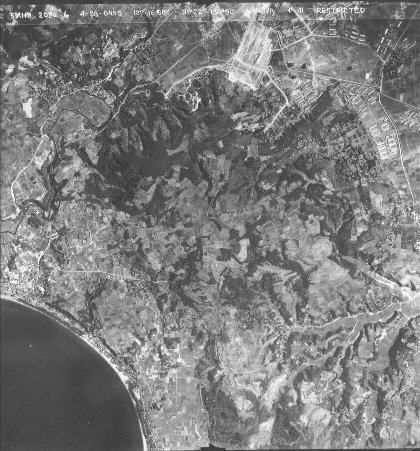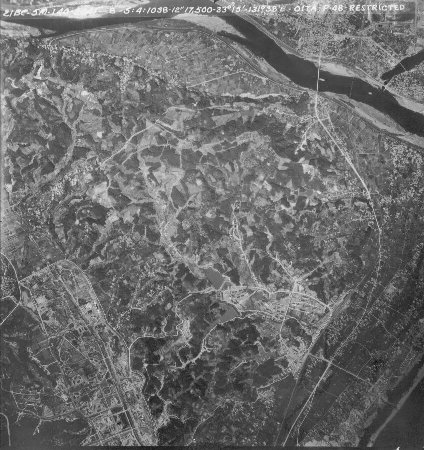


|
[Search
Tip: Use " " for better search results ex. "John Q. Doe";
"City of ..."]
|
|||||||
No one will ever forget the exploit of Captain Gene Flewellen and crew 49 which grew out of this Kokobu strike on 26 April. Weather was wretched at the assembly point just south of Kyushu that day and Flewellen's "City of Cleveland", Ohio had trouble with its radar set. When he failed to make assembly with the other planes of the 39th that day, he decided not to abandon the strike but to head for target and hope to join up, if not with the 39th then with the B-29s of another outfit. The only trouble with this reasoning was that, because his radar set was not working properly, he was not in the position he thought he was and headed off not for Kokobu, but on a due north course for Korea. After flying for some hours through overcast, he finally discovered that he had crossed Japan and was over the Korean Straits. Refusing to turn to back for base before dropping his bombs on something, Flewellen looked at his map and saw the great Japanese industrial city of Nagasaki staring him in the face. This was long before the time of the Atomic Bomb, and Nagasaki was known to be one of the more heavily defended targets in Japan. For a lone B-29 to go over and bomb the place was risky to say the least, but relying on a thin scattering of clouds below him to cut down on the enemy spotting power, Flewellen did just that. All alone and with not one other plane friendly or enemy in the sky he made three passes over Nagasaki, finally got on a bombing run and dropped his entire load of delayed action eggs right on the Nagasaki dock area. Then having been molested by no one, he returned to Guam and told his story. Even
after that day it was a standing joke in the 39th that Nagasaki
was Flewellen's private bombing range and when the Atomic Bomb
broke up his little playhouse, Gene felt robbed. Nevertheless, the Kyushu missions were not always devoid of opposition. The 27 April attack on Kushira resulted in the loss to the 39th Bomb Group of its most famous B-29. The plane was named "General Andrews." [read more...] The most enemy opposition of the Kyushu campaign was met with on 29 April mission to Kyushu airfield. Thirty to forty aggressive attacks were make on the 39th Group's bombers by enemy fighters estimated to number around fifty-three. About fifteen white phosphorus bombs were dropped in air-to-air bombing attempts. The group's gunners claimed nine enemy aircraft destroyed, four probably destroyed and four damaged, with some returns not being tabulated from outlying precincts because the precincts were at Iwo, Saipan and Tinian. That day there was a hot fight with the Japanese.
For his outstanding work in connection with this mission to Kushira, Major Woody Styron of the 61st Squadron (P-22) was awarded the Silver Star for gallantry in action. [read more…] The Kyushu missions were varied in their execution and they produced varied results. Higher authority, realized the necessity of putting the Japanese out of a position where they could menace our Navy so threateningly at Okinawa, tried to fly strikes everyday. Sometimes weather was so bad that missions could not be flown at all, but just moderately bad weather would see big birds on the way to the Empire. Sometimes targets were not hit because of cloud coverage, but we went back another day when the bombardiers could draw a bead in clear daylight. When the Kyushu series was over, the 39th Group along with other units of the XXI Bomber Command, had the great satisfaction of hearing Admiral Chester W. Nimitz himself say what a fine job the B-29s had done and thanked the Army Air Force for the vitally needed support the Navy had been given. |
 |
|||||||
6 |
6
|
||||||
Copyright © 2000 - 2025 - 39th.org|39thbombgroup.org


